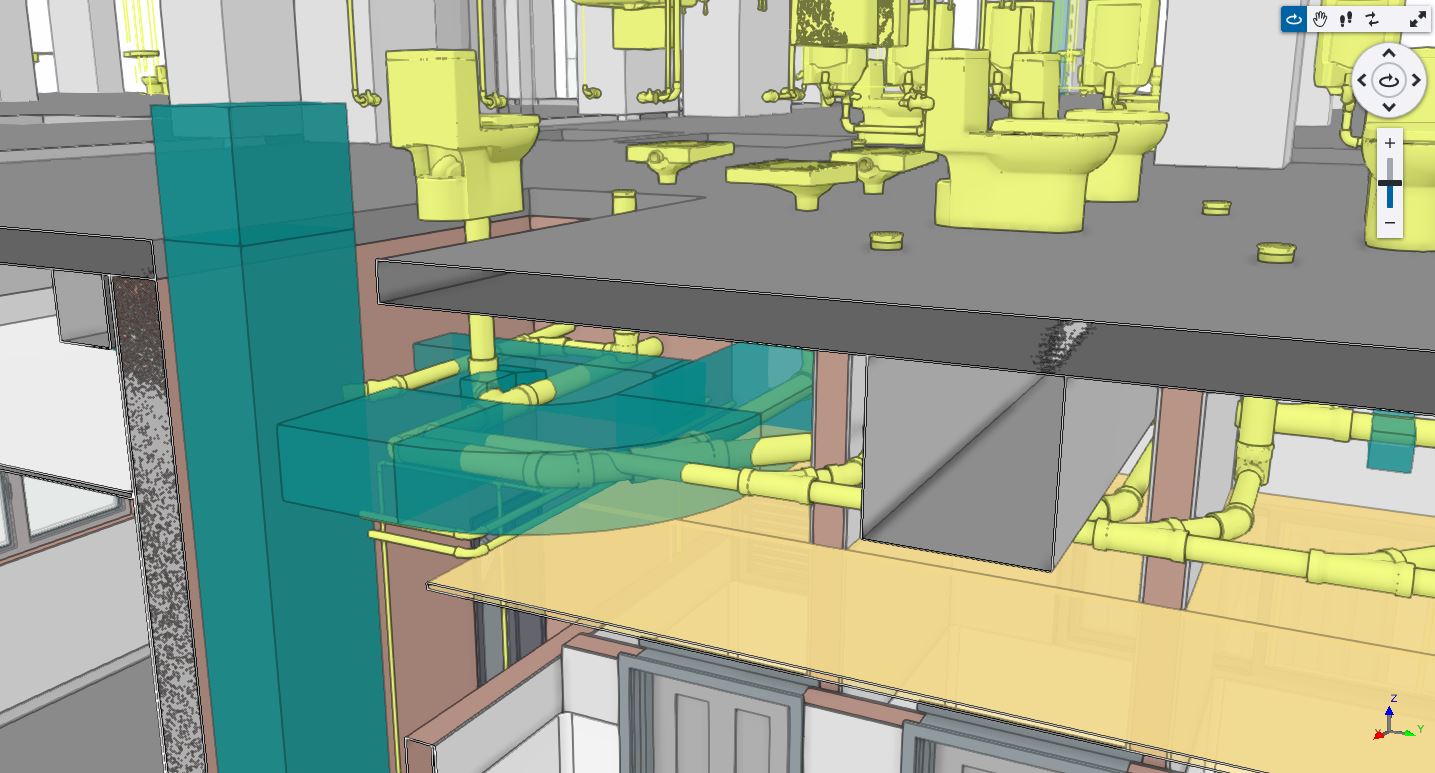Infrastructure is the foundation of economic growth, social mobility, and resilience. From highways and hydropower plants to hospitals and water systems, these projects represent more than engineering feats, they are promises of opportunity. Yet, too often, they also represent delays, spiraling budgets, and disputes and continues to be hampered by inefficiency that drain resources and stall progress. Projects promised in five years often take fifteen, budgets spiral out of control, and too many end up in lengthy legal battles.
Take the Melamchi Water Supply Project, with expenditures exceeding NPR 30 billion, or the Kathmandu-Terai Fast Track, where estimates have reached more than NPR 210 billion. Similar patterns can be seen in other large projects: the Upper Tamakoshi Hydropower Project, which started with a budget of NPR 35.29 billion but ultimately reached NPR 89.42 billion; the Sikta Irrigation Project, whose costs rose from NPR 12.80 billion to NPR 52.89 billion; the Bheri-Babai Diversion Multipurpose Project, climbing from NPR 16.43 billion to NPR 36.80 billion; and the Rani Jamara Kularia Irrigation Project, which more than doubled from NPR 12.37 billion to NPR 27.70 billion. (Source: Onlinekhabar) These overruns are not simply financial miscalculations; they reveal systemic flaws in planning, communication, and execution. Too often, problems start before the first brick is laid ambiguous designs, inaccurate estimates, siloed working cultures. Inevitably, disputes arise between contractors, consultants, and government bodies, leading to stalled projects, wasted public funds, and lost opportunities.
But what if we could see problems before they happen? What if we could build digitally before building physically?
That is exactly what Building Information Modeling (BIM) offers. Unlike traditional 2D drafting, BIM creates a shared digital environment a single source of truth where architects, engineers, contractors, and clients collaborate seamlessly. For Nepal, where fragmented communication often derails projects, BIM brings clarity, transparency, and trust.
Why Do Contract Disputes Arise?
Nepal’s reliance on traditional project delivery methods fuels disputes. The most common causes include:
- Ambiguity in drawings and specifications
- Quantity variations and cost overruns
- Lack of timely coordination among stakeholders
- Poor documentation and record-keeping
- Delays caused by rework and miscommunication
- Frequent changes in project scope or design
- Limited use of technology for monitoring and tracking progress and many more
These issues are particularly severe in large-scale infrastructure projects hydropower plants, highways, and urban development's where multiple contractors and consultants must work together.

Figure: BIM model showing HVAC ducts clashing with plumbing pipes | © Forefront Engineering
How BIM Turns Conflict into Coordination
Improved Coordination through Clash Detection
BIM detects design conflicts before construction begins, saving money and preventing disputes. According to the several research papers published on the Journal of Legal Affairs and Dispute Resolution in Engineering and Construction, BIM’s clash detection is a powerful tool for minimizing design errors and omissions, which are among the leading causes of construction claims. By identifying conflicts early on, it improves coordination among stakeholders and helps mitigate potential disputes, where time pressures often amplify errors.
Clarity in Design and Documentation
By working on a shared 3D model, stakeholders eliminate ambiguities in drawings. Visualizing the project reduces misinterpretation, ensuring all parties clearly understand the scope of work.
Better Time Management
Delays remain the leading cause of disputes in Nepal. BIM’s 4D simulation (time-linked modeling) helps project teams visualize construction sequences, identify risks early, and optimize scheduling.
Building Collaboration, Not Walls
Traditional methods foster silos architects, engineers, and contractors often work separately. BIM forces alignment. Everyone works from the same model, the same data, in real time. Transparency builds trust and transforms projects from adversarial to collaborative.
Finding Mistakes Before They Cost
Rework is expensive and contentious. BIM’s automated clash detection prevents errors solving problems on a computer instead of on-site, where mistakes are costly and time consuming.
Toward a Smarter Future
BIM is more than a tool it’s a mindset shift. It’s about building smarter, not harder. It prevents disputes instead of reacting to them. By embracing BIM, we can shift the narrative of our projects from stories of delays and disputes to examples of quality, efficiency, and timely delivery. It’s time to lay the digital foundations for a stronger, more efficient project delivery.
BIM Cloud Solutions
To truly harness the power of BIM and digital collaboration, Bentley Infrastructure Cloud provides a unified platform that connects design, construction, and operations teams. By integrating all project data in a single environment, it enables real-time collaboration, reduces errors, and ensures projects are delivered efficiently and on time. With Bentley Infrastructure Cloud, your team can:
- Collaborate seamlessly across disciplines and locations.
- Manage project data securely with version control and a single source of truth.
- Visualize and review designs in real time to prevent conflicts before they occur.
- Optimize operations and maintenance with digital twins and actionable insights.
Contact Us for Your Next Infrastructure Project
At Forefront Engineering, we believe that great infrastructure drives progress. Through our partnership with Bentley Systems, we provide the tools and expertise to transform your vision into reality efficiently and sustainably. Whether you’re building roads, developing hydropower systems, or designing water networks, we are here to support you every step of the way.





